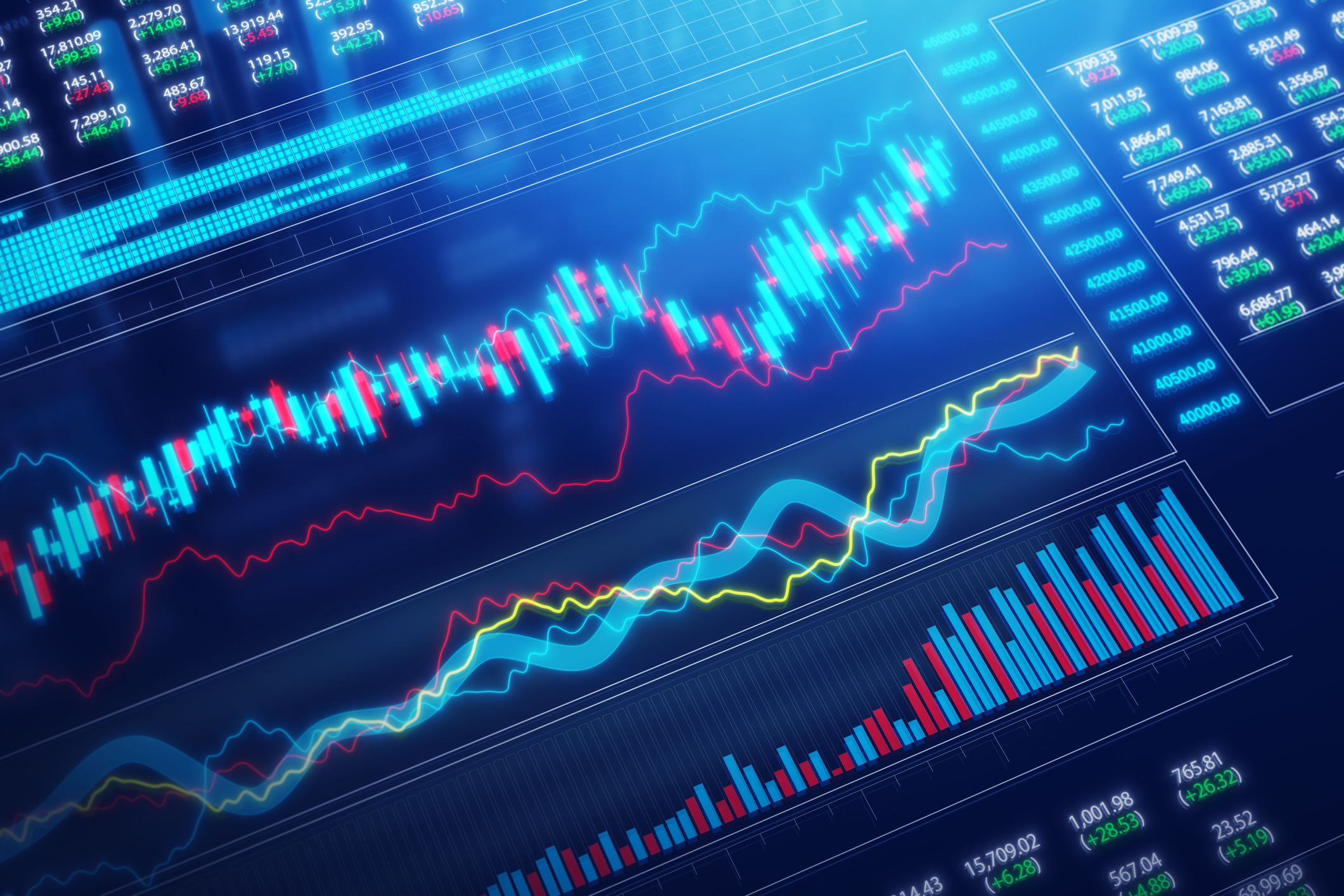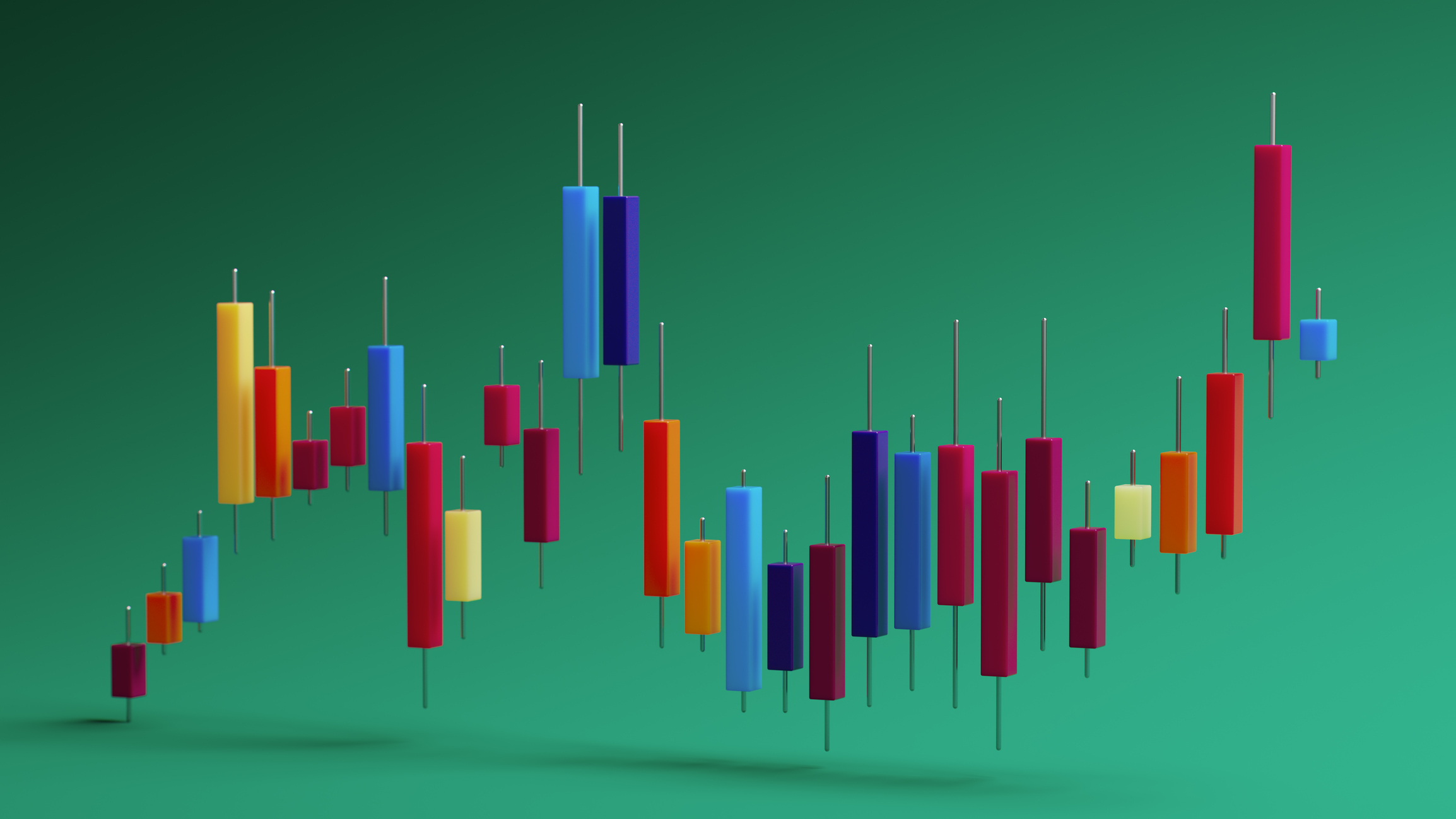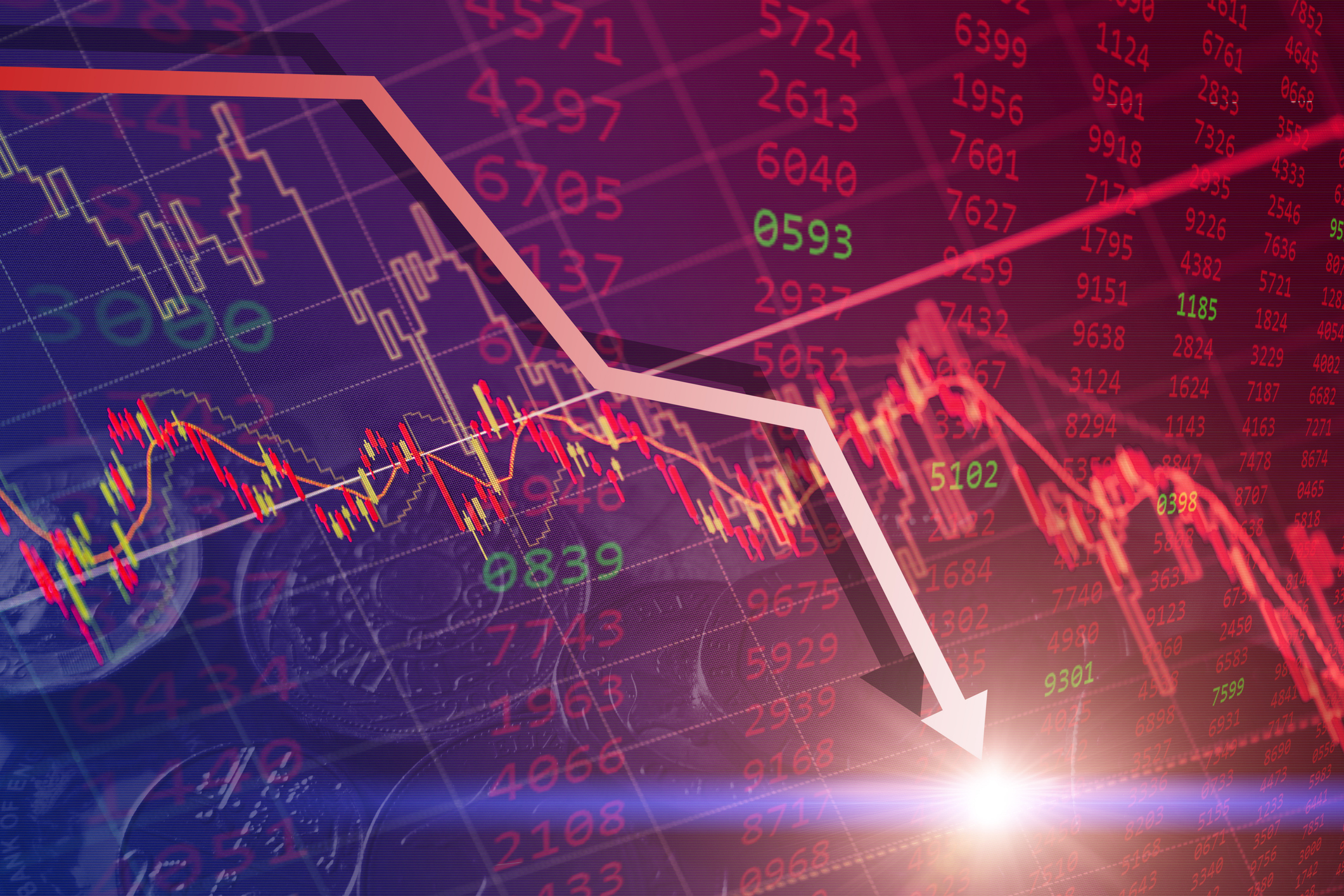Stock Market Today: Markets Start December Looking for Direction
Mixed economic signals led to a mixed close for the major indexes in a seesaw session on Thursday.


Stocks kicked off the final trading month of 2022 in fickle fashion, as traders and investors digested a series of economic reports and Wednesday’s comments by Federal Reserve Chief Jerome Powell.
A reading on U.S. manufacturing activity contracted for the first time since the height of the pandemic, raising the specter of recession in 2023. Apple (AAPL) stock continued to deal with the potential impact to iPhone production from COVID-19 lockdowns and civil unrest in China. Meanwhile, the Fed's preferred measure of inflation showed that prices for core goods and services continued to moderate.
Perhaps the most important piece of macroeconomic news on Thursday came from the Institute for Supply Management. Its gauge of factory activity slipped to 49 in November from 50.2 the previous month. Readings below 50 indicate contraction. The gauge has now declined in five of the past six months, but this was the first time that factory activity actually receded since May 2020.
From just $107.88 $24.99 for Kiplinger Personal Finance
Become a smarter, better informed investor. Subscribe from just $107.88 $24.99, plus get up to 4 Special Issues

Sign up for Kiplinger’s Free Newsletters
Profit and prosper with the best of expert advice on investing, taxes, retirement, personal finance and more - straight to your e-mail.
Profit and prosper with the best of expert advice - straight to your e-mail.
Elsewhere, the core personal consumption expenditures price index (the one the Fed pays most attention to) rose 0.2% in October. That was slightly below economists' average estimate. The index, which excludes volatile food and energy prices, rose 5% year over year.
Personal income for October jumped 0.7%, which easily topped the forecast for growth of 0.4% estimate. Personal spending increased 0.8%, which matched projections.
Lastly, market participants continued to process the implications of Fed Chair Jerome Powell's speech to the Brookings Institution. Although the central bank is now expected to raise interest rates by just 0.5% when it meets in mid-December, Powell remained hawkish about where rates will ultimately peak.
All these mixed signals led to a mixed close for the major indexes in a seesaw session on Thursday. The blue-chip Dow Jones Industrial Average fell 0.6% to close at 34,395, while the broader S&P 500 was essentially unchanged (or off less than 0.1%) at 4,076. The tech-heavy Nasdaq Composite, however, gained more than 0.1% to reach 11,482.
The Bottom Line
The bear market rages on, but the best blue-chip stocks never go out of style. Indeed, the Dow – that elite bastion of just 30 blue chips – is now down only 3.4% for the year-to-date on a total return basis (price plus dividends). No wonder a number of Dow stocks make the list of the best stocks to buy for a bear market. Another subset of the Dow, the best Dow dividend stocks, is clobbering the broader market in 2022.
Contrast that with last year, when high-flying growth stocks were all the rage. A number of those names – including Carvana (CVNA) and Rivian (RIVN) – have come crashing down to earth, and now one noted tech bear says former market darling Altassian (TEAM) could even go to $0.
Profit and prosper with the best of Kiplinger's advice on investing, taxes, retirement, personal finance and much more. Delivered daily. Enter your email in the box and click Sign Me Up.

Dan Burrows is Kiplinger's senior investing writer, having joined the publication full time in 2016.
A long-time financial journalist, Dan is a veteran of MarketWatch, CBS MoneyWatch, SmartMoney, InvestorPlace, DailyFinance and other tier 1 national publications. He has written for The Wall Street Journal, Bloomberg and Consumer Reports and his stories have appeared in the New York Daily News, the San Jose Mercury News and Investor's Business Daily, among many other outlets. As a senior writer at AOL's DailyFinance, Dan reported market news from the floor of the New York Stock Exchange.
Once upon a time – before his days as a financial reporter and assistant financial editor at legendary fashion trade paper Women's Wear Daily – Dan worked for Spy magazine, scribbled away at Time Inc. and contributed to Maxim magazine back when lad mags were a thing. He's also written for Esquire magazine's Dubious Achievements Awards.
In his current role at Kiplinger, Dan writes about markets and macroeconomics.
Dan holds a bachelor's degree from Oberlin College and a master's degree from Columbia University.
Disclosure: Dan does not trade individual stocks or securities. He is eternally long the U.S equity market, primarily through tax-advantaged accounts.
-
 How to Safely Open an Online Savings Account
How to Safely Open an Online Savings AccountOnline banks offer generous APYs that most brick-and-mortar banks can't match. If you want to make the switch to online but have been hesitant, I'll show you how to do it safely.
-
 7 Ways to Age Gracefully Like the Best Stock Photo Seniors
7 Ways to Age Gracefully Like the Best Stock Photo SeniorsAs a retirement editor, I've gleaned valuable wisdom (and a lot of laughs) from one older couple that tops the seniors' stock photo charts.
-
 My First $1 Million: Banking Executive, 48, Southeast U.S.
My First $1 Million: Banking Executive, 48, Southeast U.S.Ever wonder how someone who's made a million dollars or more did it? Kiplinger's My First $1 Million series uncovers the answers.
-
 Gold and Silver Shine as Stocks Chop: Stock Market Today
Gold and Silver Shine as Stocks Chop: Stock Market TodayStocks struggled in Friday's low-volume session, but the losses weren't enough to put the Santa Claus Rally at risk.
-
 The Santa Claus Rally Officially Begins: Stock Market Today
The Santa Claus Rally Officially Begins: Stock Market TodayThe Santa Claus Rally is officially on as of Wednesday's closing bell, and initial returns are positive.
-
 'Humbug!' Say Consumers, Despite Hot GDP: Stock Market Today
'Humbug!' Say Consumers, Despite Hot GDP: Stock Market Today"The stock market is not the economy," they say, but both things are up. Yet one survey says people are still feeling down in the middle of this complex season.
-
 Stocks Rise to the Spirit of the Season: Stock Market Today
Stocks Rise to the Spirit of the Season: Stock Market TodayInvestors, traders and speculators are beginning to like the looks of a potential year-end rally.
-
 Nasdaq Leads as Tech Stages Late-Week Comeback: Stock Market Today
Nasdaq Leads as Tech Stages Late-Week Comeback: Stock Market TodayOracle stock boosted the tech sector on Friday after the company became co-owner of TikTok's U.S. operations.
-
 Cooler Inflation Supports a Relief Rally: Stock Market Today
Cooler Inflation Supports a Relief Rally: Stock Market TodayInvestors, traders and speculators welcome much-better-than-hoped-for core CPI data on top of optimism-renewing AI earnings.
-
 The November CPI Report Is Out. Here's What It Means for Rising Prices
The November CPI Report Is Out. Here's What It Means for Rising PricesThe November CPI report came in lighter than expected, but the delayed data give an incomplete picture of inflation, say economists.
-
 Nasdaq Sinks 418 Points as Tech Chills: Stock Market Today
Nasdaq Sinks 418 Points as Tech Chills: Stock Market TodayInvestors, traders and speculators are growing cooler to the AI revolution as winter approaches.